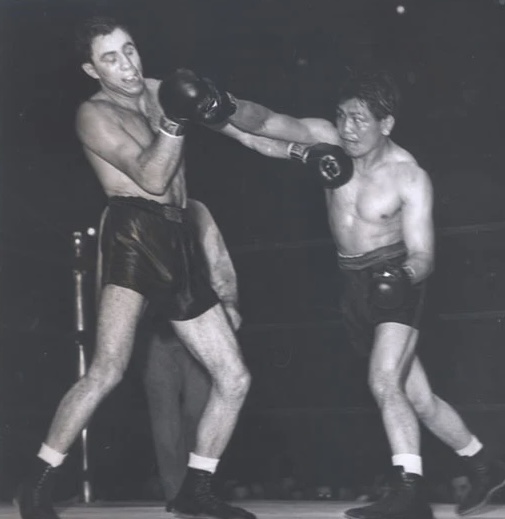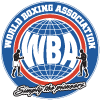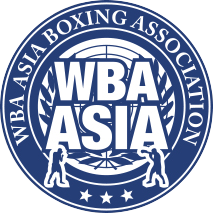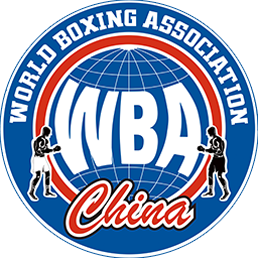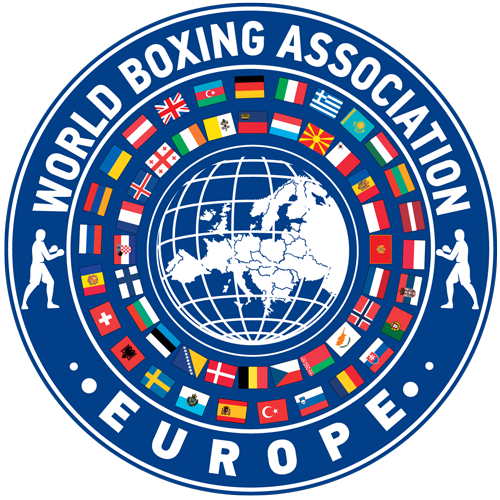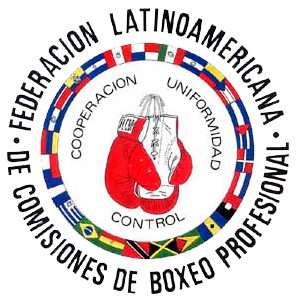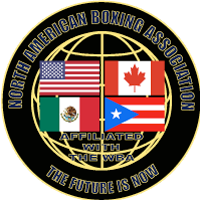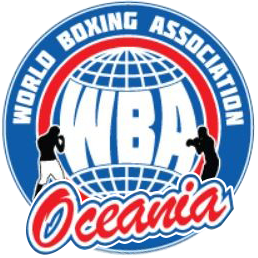Today we bring to the page of the World Boxing Association (WBA) a remembrance of a fighter already forgotten and unknown to new generations of fans, the Filipino Ceferino Ceferino Garcia Montano, who is the second champion of history of Philippine boxing, the first was Francisco “Pancho Villa” Guilledo, flyweight category. Garcia was the only middleweight world champion of that Asian country, birthplace of the 8 times world champion Enmanuel Dapiran “Manny” Pacquiao, also known as PacMan, the fighter who has achieved the most crowns in the history of boxing.
Garcia adds to his many boxing merits that of being the Tagalog fighter with the highest number of fights and victories with 164 and 120, respectively. In 22 years of action, he accumulated 76 knockouts with 14 draws and 33 defeats, half a dozen before the limit. The 1998 edition of The Boxing Record Book registers 114 in wins, 30 losses, 15 draws and wins by 70 KO.
He was born in Naval, Biliran, on 8/26/1906 and died on the first day of New Year’s Day 1981 in San Diego, California.
Fifty-eight (58) years earlier he had made his pro debut (May 5, 1923) at age 17 at the Olympic in Manila, a fight against Pedro del Mundo that ended in a 6-round draw.
The creator of the “Bolo Punch”.
In his athletic biography stands out a singularity, as having been the creator of a punch that enjoyed great popularity in the mid-twentieth century. In fact, he is credited with the paternity of the so-called “Bolo Punch”, a controversial fashion in boxing in the 30s, 40s and 50s, disused years later and already completely disallowed and disappeared from the ring.
It was a punch thrown from behind, in an upward trajectory hook with a fast rotation, in circles, of the arm and fist, in truth more spectacular than effective.
After Garcia popularized it in the 50’s, at a higher level, the legendary Cuban Gerardo Gonzalez, Kid Gavilan. It was also frequently used by “Sugar” Ray Robinson in the 40’s and 50’s and more recently by “Sugar” Ray Leonard and Roy Jones Jr. among the best known. Let us note that, however, others claim that its authentic creator was a little named Macario Flores, a Filipino who, without confirmation at hand, would have campaigned in Europe and the USA.
But it was certainly Ceferino Garcia who put the punch on the boxing stage. When he had already acquired a well-earned reputation as a local figure for his many victories Ceferino made the decision to conquer America and on January 29, 1932, he made his debut at the famous Olympic Auditorium in Los Angeles, which he did with a record of 25-5-6, and in the debut he knocked out Alfredo Gaona in 4.
He got his first big opportunity against Johnny “Bandit” Romero for the California welterweight title in February ’33 and won by KO8. He owned that title with 7 defenses of which he won six, with one draw. His hegemony ended in April ’34 when Young Peter Jackson bludgeoned him in 3, in Los Angeles. However, in September of that year he knocked out “Flash” Butler in two, in Bakersfield, California, to regain the state diadem. He then disposed of “Baby” Joe Gans and due to his problems in giving 147 pounds he lost the belt on points to Al Manfredo (with whom he was 1-1) in January 1936, in Oakland.
His consecration as king of the 160 lbs. for the NY Athletic Commission and the International Boxing Union (IBU), came when on October 2, 1939, that is 84 years ago! he knocked out Fred Apostoli in 7 at the Madison in New York. He returned to his country for his first defense against Glen Lee, whom he defeated by KOT in 13. In May of the following year Ken Overlin snatched the belt from him in a close and hot battle of 15 episodes.
Three top opponents
Three names stand out in his career: the legendary Barney Ross, one of the most prestigious lightweight kings of all time, Henry “Hank” Armstrong, three-time simultaneous champion in three divisions, and the indefatigable Mexican Luis Villanueva, Kid Azteca. All three, like Ceferino, were elevated to the temples of The Ring Magazine and the International Museum in Canastota, NY.
Ross beat him on points the three times they met, the last time on September 29, 1937 at the Polo Grounds in NY for the middleweight crown (67 kilos), at the temples of the former, who won unanimously in 15 rounds. He fought Armstrong twice and Homicide Hank beat him at Madison Square Garden in 1938, for the welterweight crown of the American, who won by decision. Two years later, exactly on March 1, they met again in 10 rounds at the Gilmore Stadium in Los Angeles for a draw.
Kid Azteca, a Latin American and universal boxing legend, fought Ceferino four times. The first in July 33 was won by the Aztec, who repeated in the second 14 days later by KOT in 8. The Asian returned the KO to the Kid in 5, three years later in Hollywood, and 8 years later, both already long-lived, closed the rivalry in the Arena Coliseo of Mexico City with a unanimous triumph for the foreigner.
After losing the throne to Overlin, Ceferino would not receive another title shot and on October 15, 1944, after accumulating 6-4-1 in his most recent performances, he put on his gloves for the last time against Bill McDowell, who defeated him on points.
In 1977, The Ring magazine exalted Ceferino Garcia, a fine predecessor of his compatriot Pacquiao and one of the most impressive fighters from the Philippines, among the best in history, to its Hall of Fame. Twelve years later, boxing also honored him with a niche in the Canastota International Hall of Fame in the Big Apple.


